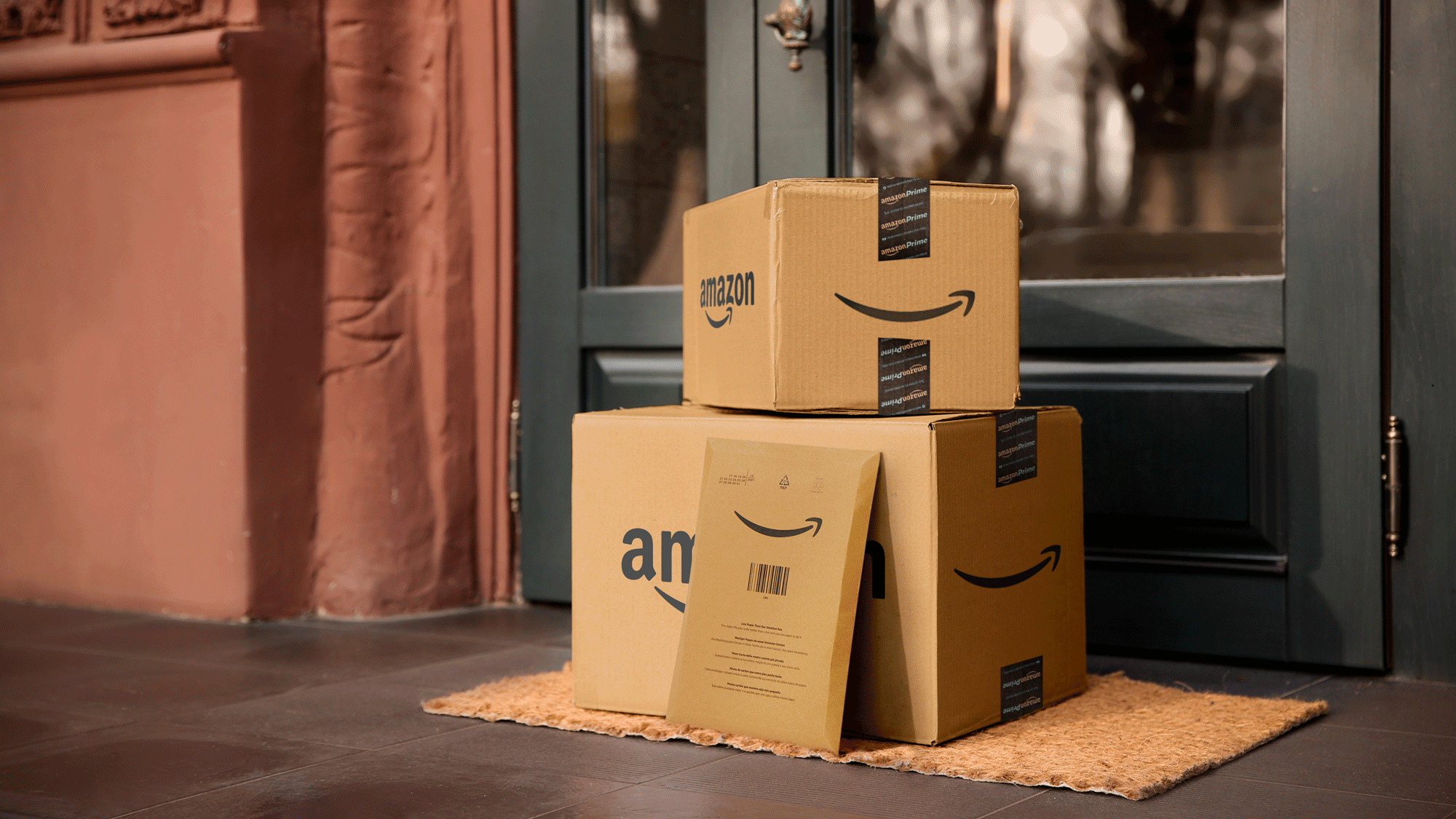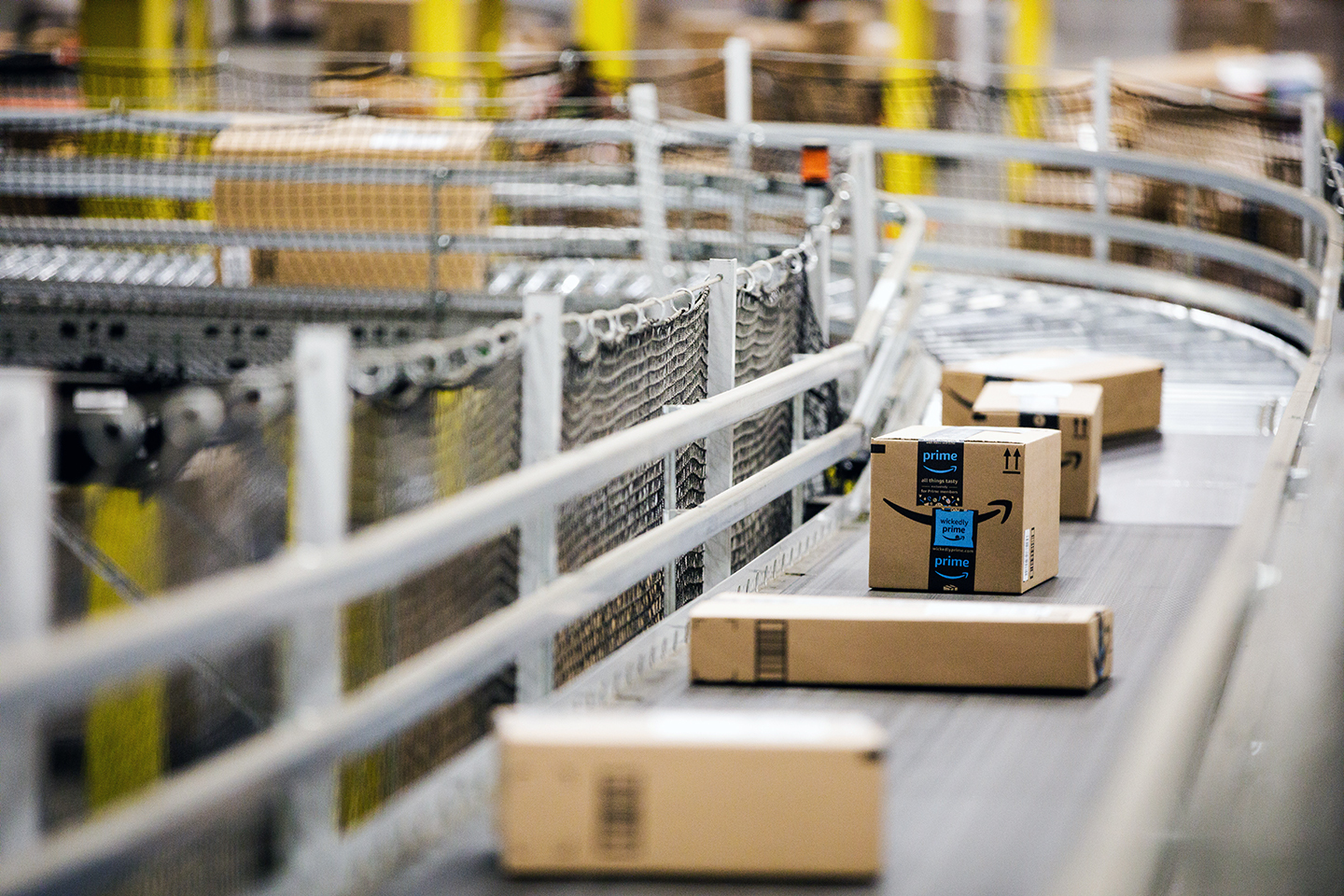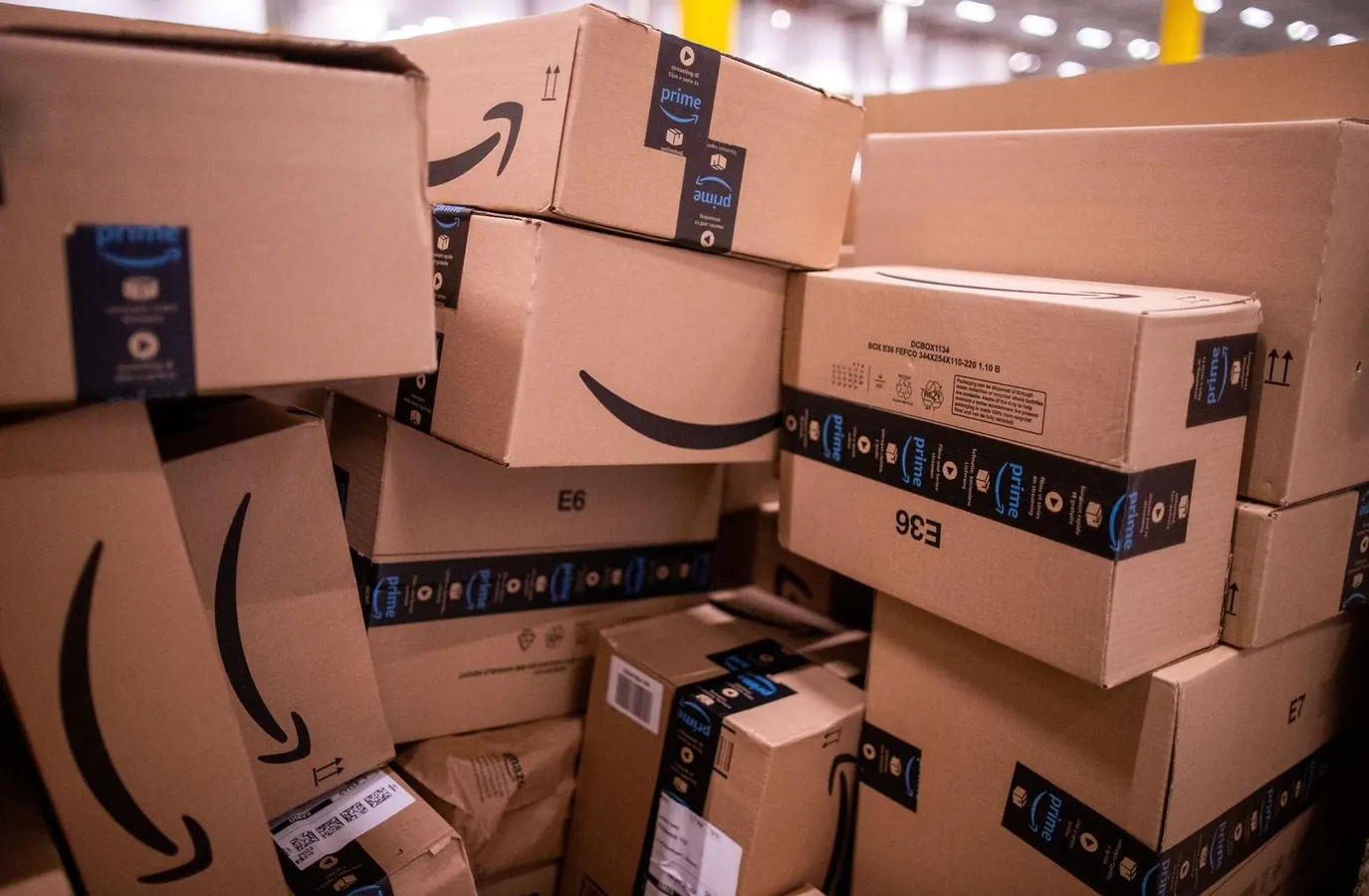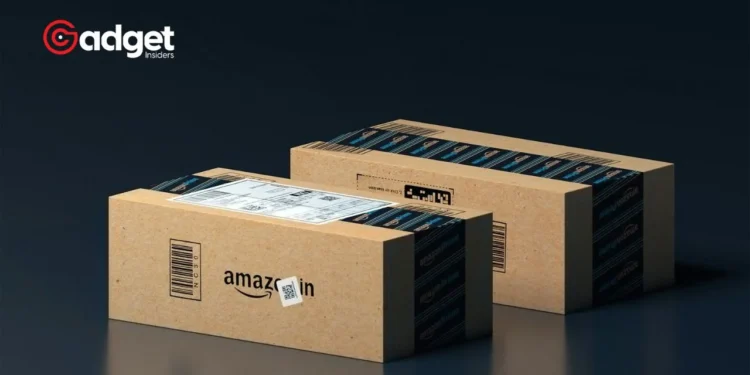In recent years, Amazon has made significant strides in improving the efficiency of its packaging processes, largely due to advancements in artificial intelligence (AI). The shift from oversized boxes for small items to more suitably sized packaging not only reduces waste but also enhances customer satisfaction and supports sustainability efforts.

Smarter Packaging with AI: The Package Decision Engine
Amazon’s journey towards smarter packaging began with the creation of the “Package Decision Engine” (PDE). This multimodal AI model represents a breakthrough in how the e-commerce behemoth handles the millions of items that move through its distribution network daily.
The PDE employs a sophisticated blend of computer vision and natural language processing to assess each product’s physical characteristics and descriptive text. This technology enables Amazon to determine the most appropriate packaging material—be it a box, bag, or wrapper—thereby optimizing the entire shipping process.
How AI Is Helping Amazon Save Half A Million Tons Of Packaging Per Year https://t.co/SOnIiCt8KI pic.twitter.com/PB0MESzFST
— Forbes (@Forbes) April 18, 2024
“Amazon’s earlier packing strategy—chosen by humans and less intelligent computers—was frequently a source of confusion for customers and ridicule toward the company,” notes an industry analyst. Indeed, the image of a tiny item arriving in a disproportionately large box became a symbol of inefficiency and environmental disregard. However, with AI, these scenarios are becoming a thing of the past.
Enhancing Efficiency and Sustainability
Amazon’s commitment to sustainability has been a significant driver behind the development of the PDE. By using AI to select the most suitable packaging, Amazon can significantly reduce the amount of materials used, particularly cardboard. The company estimates that these improvements have saved 60,000 tons of cardboard per year in North America alone. This reduction not only supports Amazon’s sustainability pledges but also offers substantial cost savings.

Moreover, there are occasions when larger packaging does make sense—such as when it protects fragile items or when products already come in their own boxes. In these cases, the AI’s role in making informed choices becomes even more critical.
The Business Sense Behind the Shift
Beyond the environmental impact, the economic implications of optimized packaging are profound. “It makes business sense too: when sending billions of parcels, taking even a little bit from each one can add up to some staggeringly large numbers,” explains an Amazon spokesperson. This approach not only cuts costs by reducing material use but also potentially lowers shipping expenses due to better packing density and weight distribution.

Amazon’s AI: Transforming E-commerce Logistics
As Amazon continues to refine its AI technologies, the potential for further innovations in e-commerce logistics is vast. The success of the PDE could inspire similar advancements across the industry, leading to more efficient, sustainable, and customer-friendly shipping practices worldwide.
In conclusion, while the tech world often focuses on the flashier aspects of AI, Amazon’s pragmatic application to solve the mundane—yet massive—challenge of packaging optimization underscores the technology’s transformative potential. Through its innovative use of AI, Amazon is not just changing the way products are packaged; it’s setting new standards for the entire e-commerce industry.










